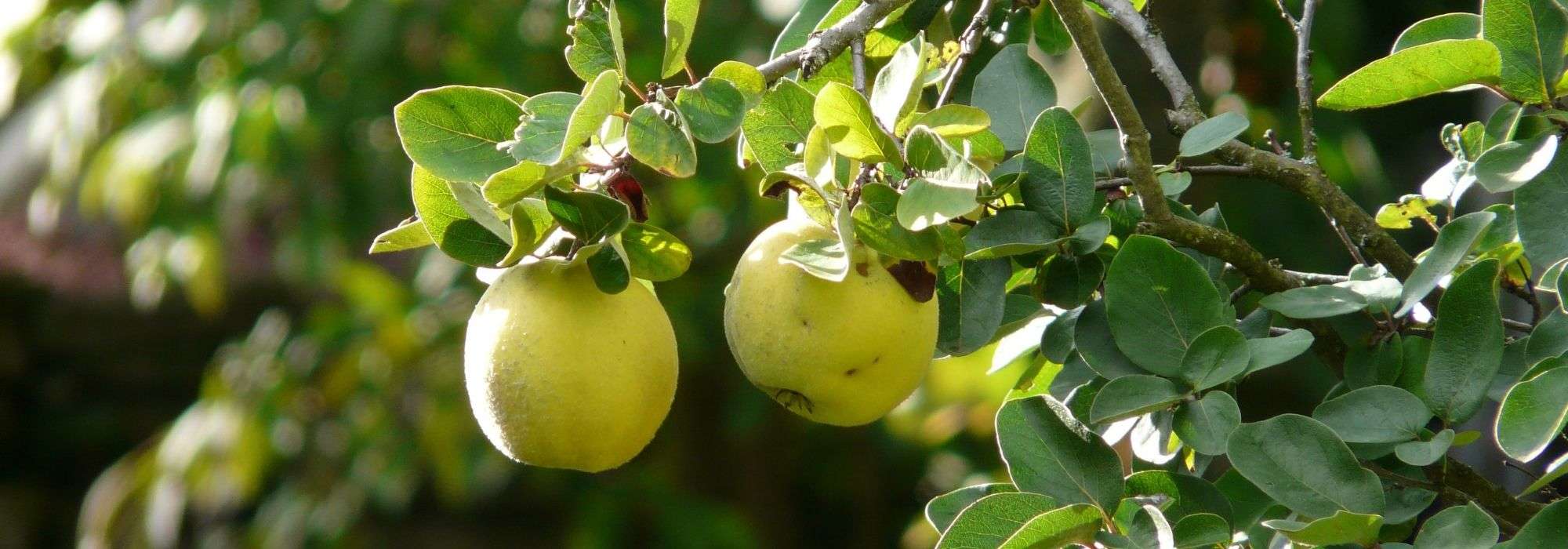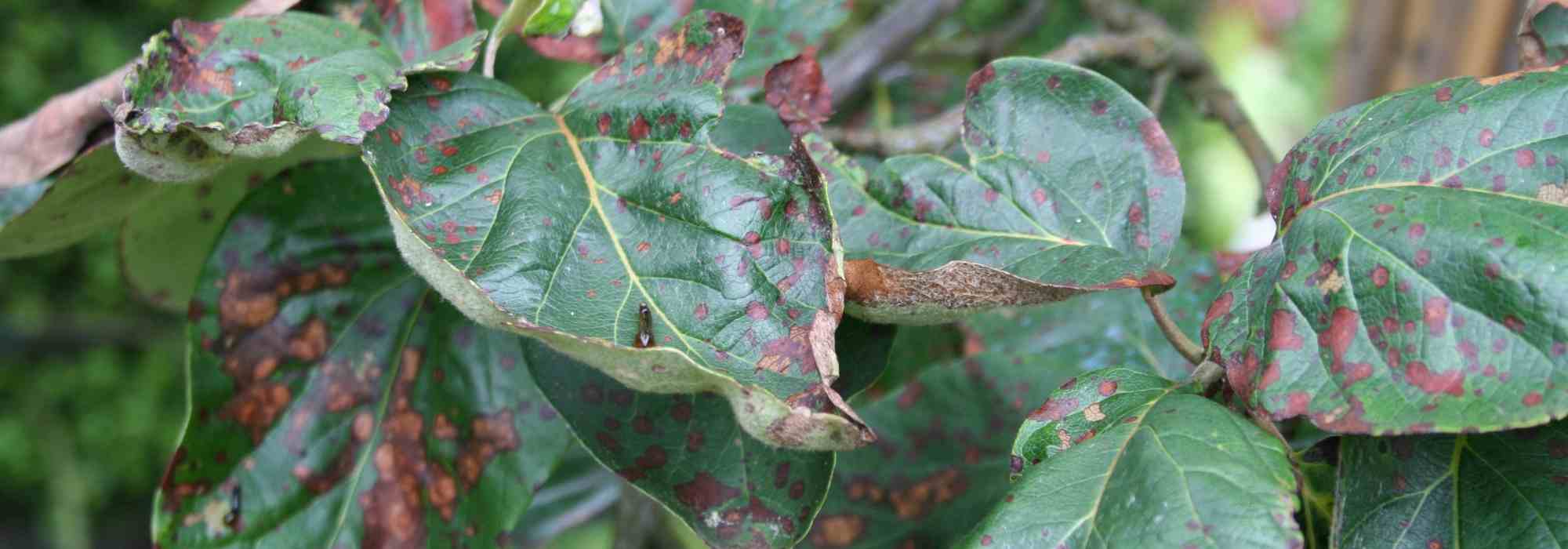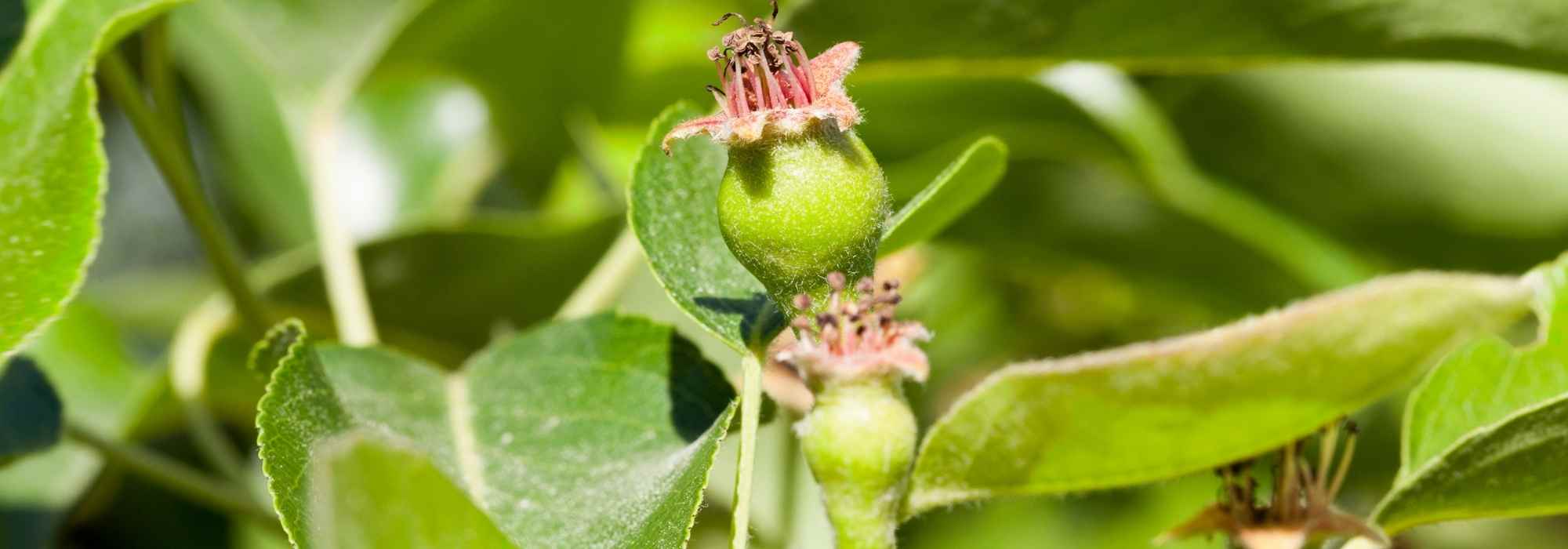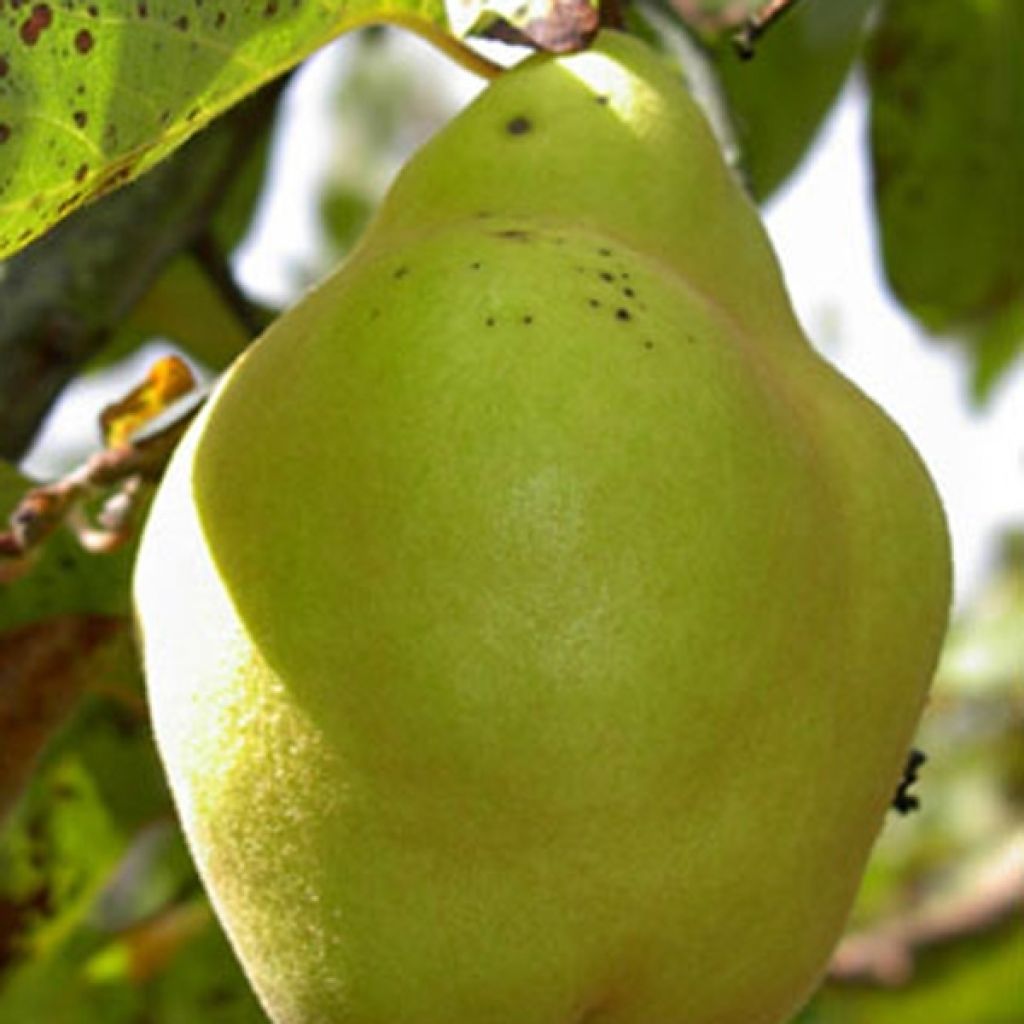

Quince Champion - Cydonia oblonga
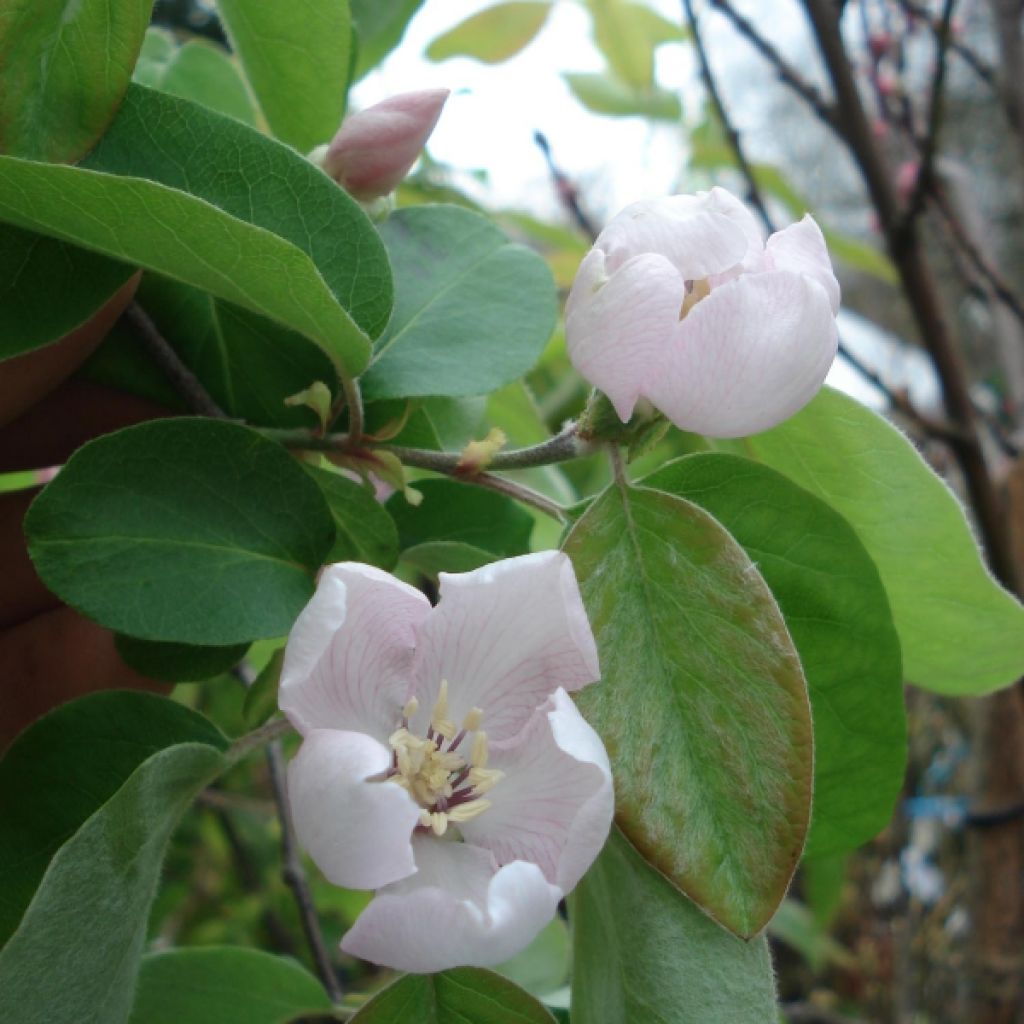

Quince Champion - Cydonia oblonga


Quince Champion - Cydonia oblonga
Quince Champion - Cydonia oblonga
Cydonia oblonga Champion
Quince
Perfect! Planted in December 2024. We harvested 10 quinces, already in the first year.
catherine, 13/10/2025
Special offer!
Receive a €20 voucher for any order over €90 (excluding delivery costs, credit notes, and plastic-free options)!
1- Add your favorite plants to your cart.
2- Once you have reached €90, confirm your order (you can even choose the delivery date!).
3- As soon as your order is shipped, you will receive an email containing your voucher code, valid for 3 months (90 days).
Your voucher is unique and can only be used once, for any order with a minimum value of €20, excluding delivery costs.
Can be combined with other current offers, non-divisible and non-refundable.
Home or relay delivery (depending on size and destination)
Schedule delivery date,
and select date in basket
This plant carries a 6 months recovery warranty
More information
We guarantee the quality of our plants for a full growing cycle, and will replace at our expense any plant that fails to recover under normal climatic and planting conditions.

Description
Productive variety, providing large pear-shaped yellow fruits with tender and juicy flesh. It is a variety of American origin. Quinces, sometimes called golden apples or Cydonia pears, are consumed cooked (jams, jellies, compotes, fruit pastes, pies, crumbles...). The Quince tree is a hardy tree, both fruit-bearing and ornamental. Plant preferably in autumn or winter, outside of frost, for a harvest starting from late October.
The Champion Quince produces large pear-shaped yellow fruits with tender and juicy flesh. Quinces are harvested in autumn, before the frost. Pick the fruits when they are ripe as they do not ripen further after harvest. Mature fruits are yellow but remain firm to the touch. Quinces do not keep well. They are consumed cooked, alone or mixed with other fruits, in jams, jellies, compotes, fruit pastes, pies, crumble. Less commonly, quinces are used as an accompaniment to savory dishes, especially with potatoes.
The flowering of the Quince tree around April is very decorative and fragrant, with flowers in white-pinkish color. It will be followed by the formation of quinces, pear-shaped (piriform) or apple-shaped (maliform), initially green and then turning yellow when ripe. The Quince tree is self-fertile but, as with any plantation, it is advisable to alternate varieties and species for better fruiting.
The Quince tree belongs to the Rosaceae family and the Cydonia genus, while the Japanese Quince or Flowering Quince belongs to the Chaenomeles genus. It is a small vigorous and hardy tree, able to withstand temperatures down to -25°C. It will reach a height of 4 to 5 m (13 to 16ft) with a width of 2 to 3 m (7 to 10ft). Its habit is bushy and its deciduous leaves are dark green, slightly fuzzy, taking on a beautiful golden hue in autumn. Being both fruit-bearing and decorative, the Quince tree can be planted individually on a short grass meadow, in a hedge, an orchard, or within a flower bed.
Quince Champion - Cydonia oblonga in pictures
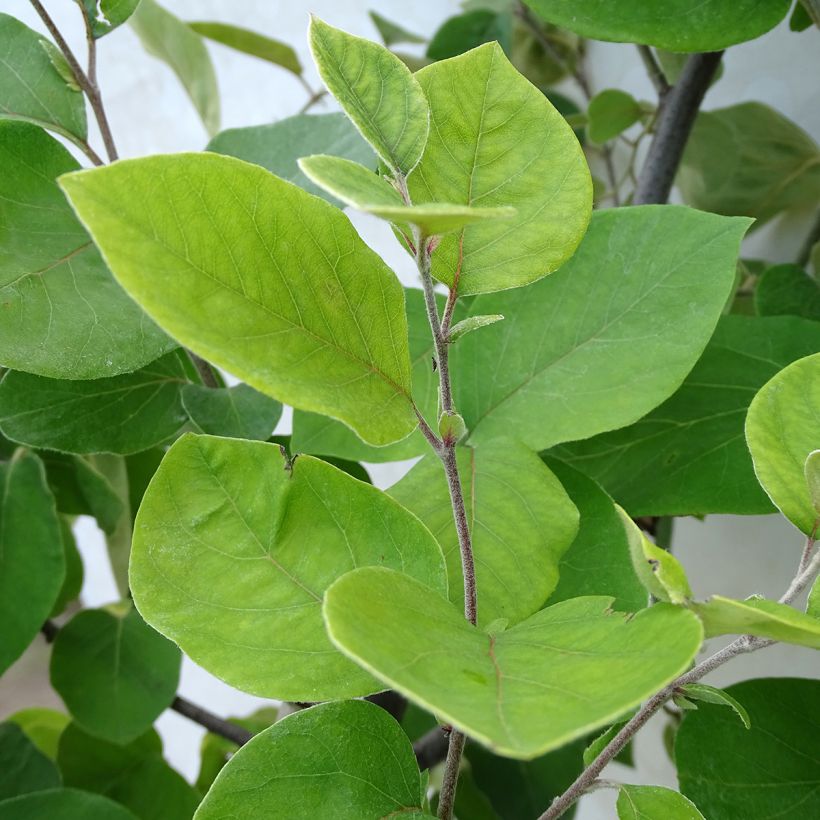

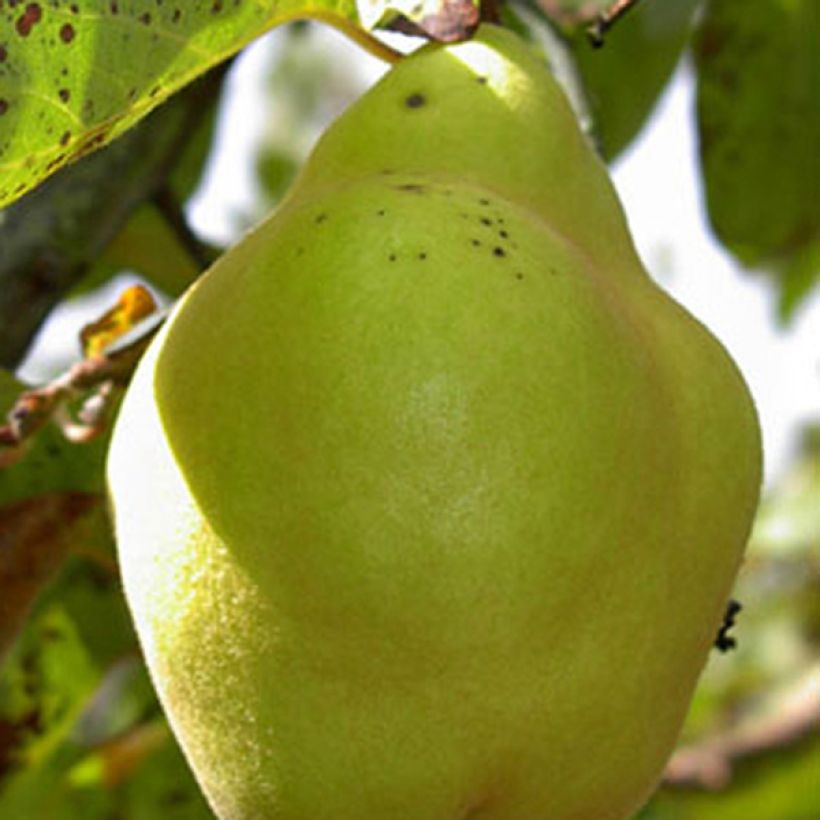

Plant habit
Fruit
Flowering
Foliage
Botanical data
Cydonia
oblonga
Champion
Rosaceae
Quince
North America
Planting and care
Easy to grow, the Quince tree can be cultivated in all types of soils, neutral, acidic, or even slightly calcareous. Planting the Quince tree should be done in autumn or winter, when there is no risk of frost. It thrives in sunny or partially shaded areas and sheltered spots. The Quince tree prefers fertile and light soils. If you plant multiple trees, space them 4 to 6 meters (13 to 20 feet) apart for a fruitful harvest.
Prepare the soil by removing stones and unwanted weeds. Dig a hole that is 50 to 60 cm (20 to 24in) in all directions. Make sure to separate the subsoil from the topsoil. Mix crushed horn or well-rotted compost or potting soil with the subsoil and pour this mixture into the planting hole. Install a stake. Place the root ball, cover it with the topsoil, and tamp it down firmly. Water generously (about 10L). Attach the stake to the young plant, crossing the tie in the shape of an 8, without touching the trunk.
Water regularly, especially during the first years of planting and in case of hot weather. Mulch around the soil to limit watering and the growth of adventive plants.
The Quince tree may be susceptible to moniliosis (a fungus causing fruit rot) and entomosporiosis (a fungus causing brown spots on the leaves). Remove the affected fruits. Spray a horsetail decoction during flowering and apply copper-based treatments such as Bordeaux mixture when the leaves fall and during bud break. In case of aphid infestation, spray water with black soap.
Planting period
Intended location
Care
Planting & care advice
-
, onOrder confirmed
Reply from on Promesse de fleurs
Haven't found what you were looking for?
Hardiness is the lowest winter temperature a plant can endure without suffering serious damage or even dying. However, hardiness is affected by location (a sheltered area, such as a patio), protection (winter cover) and soil type (hardiness is improved by well-drained soil).

Photo Sharing Terms & Conditions
In order to encourage gardeners to interact and share their experiences, Promesse de fleurs offers various media enabling content to be uploaded onto its Site - in particular via the ‘Photo sharing’ module.
The User agrees to refrain from:
- Posting any content that is illegal, prejudicial, insulting, racist, inciteful to hatred, revisionist, contrary to public decency, that infringes on privacy or on the privacy rights of third parties, in particular the publicity rights of persons and goods, intellectual property rights, or the right to privacy.
- Submitting content on behalf of a third party;
- Impersonate the identity of a third party and/or publish any personal information about a third party;
In general, the User undertakes to refrain from any unethical behaviour.
All Content (in particular text, comments, files, images, photos, videos, creative works, etc.), which may be subject to property or intellectual property rights, image or other private rights, shall remain the property of the User, subject to the limited rights granted by the terms of the licence granted by Promesse de fleurs as stated below. Users are at liberty to publish or not to publish such Content on the Site, notably via the ‘Photo Sharing’ facility, and accept that this Content shall be made public and freely accessible, notably on the Internet.
Users further acknowledge, undertake to have ,and guarantee that they hold all necessary rights and permissions to publish such material on the Site, in particular with regard to the legislation in force pertaining to any privacy, property, intellectual property, image, or contractual rights, or rights of any other nature. By publishing such Content on the Site, Users acknowledge accepting full liability as publishers of the Content within the meaning of the law, and grant Promesse de fleurs, free of charge, an inclusive, worldwide licence for the said Content for the entire duration of its publication, including all reproduction, representation, up/downloading, displaying, performing, transmission, and storage rights.
Users also grant permission for their name to be linked to the Content and accept that this link may not always be made available.
By engaging in posting material, Users consent to their Content becoming automatically accessible on the Internet, in particular on other sites and/or blogs and/or web pages of the Promesse de fleurs site, including in particular social pages and the Promesse de fleurs catalogue.
Users may secure the removal of entrusted content free of charge by issuing a simple request via our contact form.
The flowering period indicated on our website applies to countries and regions located in USDA zone 8 (France, the United Kingdom, Ireland, the Netherlands, etc.)
It will vary according to where you live:
- In zones 9 to 10 (Italy, Spain, Greece, etc.), flowering will occur about 2 to 4 weeks earlier.
- In zones 6 to 7 (Germany, Poland, Slovenia, and lower mountainous regions), flowering will be delayed by 2 to 3 weeks.
- In zone 5 (Central Europe, Scandinavia), blooming will be delayed by 3 to 5 weeks.
In temperate climates, pruning of spring-flowering shrubs (forsythia, spireas, etc.) should be done just after flowering.
Pruning of summer-flowering shrubs (Indian Lilac, Perovskia, etc.) can be done in winter or spring.
In cold regions as well as with frost-sensitive plants, avoid pruning too early when severe frosts may still occur.
The planting period indicated on our website applies to countries and regions located in USDA zone 8 (France, United Kingdom, Ireland, Netherlands).
It will vary according to where you live:
- In Mediterranean zones (Marseille, Madrid, Milan, etc.), autumn and winter are the best planting periods.
- In continental zones (Strasbourg, Munich, Vienna, etc.), delay planting by 2 to 3 weeks in spring and bring it forward by 2 to 4 weeks in autumn.
- In mountainous regions (the Alps, Pyrenees, Carpathians, etc.), it is best to plant in late spring (May-June) or late summer (August-September).
The harvesting period indicated on our website applies to countries and regions in USDA zone 8 (France, England, Ireland, the Netherlands).
In colder areas (Scandinavia, Poland, Austria...) fruit and vegetable harvests are likely to be delayed by 3-4 weeks.
In warmer areas (Italy, Spain, Greece, etc.), harvesting will probably take place earlier, depending on weather conditions.
The sowing periods indicated on our website apply to countries and regions within USDA Zone 8 (France, UK, Ireland, Netherlands).
In colder areas (Scandinavia, Poland, Austria...), delay any outdoor sowing by 3-4 weeks, or sow under glass.
In warmer climes (Italy, Spain, Greece, etc.), bring outdoor sowing forward by a few weeks.






























